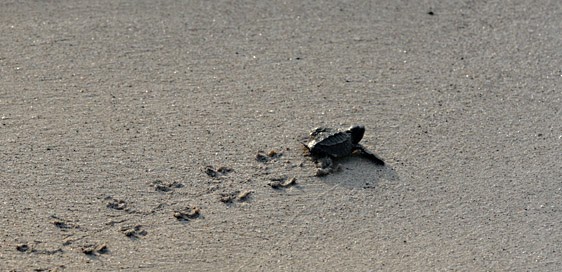©
Hernán Torres
by Marcela Torres
A ray of hope shone from Hawaii to South
America last week when the General
Assembly of the World Conservation Congress of the International Union for
the Conservation of Nature (IUCN)
approved Motion 103: Vicuña (Vicugna vicugna) conservation and the illegal trade in its fibre. The aim is to achieve that the Conference of the Parties (CoP17) of the Convention on
International Trade in Endangered Species of Wild Fauna and Flora (CITES), which will be held in South
Africa between September 24 and October 5, demands
its members to strengthen controls to half the poaching and illegal trade in
its fibre.
The Vicuña: A
Successful Conservation Case
The Vicuña
is one of the four South American camelids that inhabit the High Andes of
Argentina, Bolivia, Chile, Ecuador and Peru. During the 1970s, the species
was on the brink of extinction due to excessive hunting for its fibre,
considered the finest one in the world, on top of those obtained from cashmere
goats and alpacas.
Thanks to the efforts made by conservation
organizations and the governments of the countries within its area of
distribution, which in 1979 signed the Convention for The Conservation and Management of the Vicuña, all trade in live animals, their fiber and other products of the
species was banned. As a consequence, its populations successfully
recovered.
At the beginning of the 1990s, Peru requested
authorization to trade fiber obtained by indigenous communities from animals
that are sheared live and then released, using an ancient Inka technique called “chaku”. Thus, the sustainable
management of the species began, together with the export of its fiber to
countries such as Italy, Scotland and Japan, an example that was later on
followed by Bolivia, Argentina and Chile.
Poaching Reappears
After Four Decades
Obtaining vicuña fiber is difficult. Each adult
sheared adult vicuña produces barely 200 grams of fiber, every two or three
years. Because of that, in addition to being the finest fiber it is also the
most expensive, with prices ranging between USD $300 and $500 per kilogram.
Companies focused on luxury clothing in countries like Italy, England, Germany and the
United States buy vicuña fiber to manufacture articles such as coats and men’s suits, which are sold at approximately USD $20,000 and USD $40,000,
respectively. However, over the past
years, it is suspected that China has entered the market, although in an
illegal manner, promoting a black
market for vicuña fiber that would allegedly be paying up to USD $1,000 per
kilogram and being supplied through poaching of the species, particularly by
criminal groups operating in Bolivia.
Approximately 5,000
vicuñas have shown up dead and skinned over the past five years. But the killings have increased significantly since 2014 to date, endangering
once more the survival of the species and threatening the livelihood of
High-Andean communities that carry out a sustainable management of the vicuña
with great efforts.
How can these killings
be stopped?
Fortunately, civil society and the scientific community have raised their voices
over the past year to call attention to this issue and request worldwide help
to solve it, from petitions through Internet sites -such as www.thepetitionsite.com and www.care2.com- to a statement made by the IUCN’s South American Camelid Specialist Group (GECS by its acronym in Spanish).
What is needed most is to stop the illegal sale of vicuña products. On the one hand, as
consumers we are responsible for making sure that what we buy is duly
certified. In addition, we must report
any informal sale offer we encounter, since it will most likely be part of
a black market that promotes killing protected wildlife.
At an international level, it is crucial that
the CITES Conference of the Parties (CoP17) accepts Motion 103 of the IUCN’s World Conservation Congress and
commits to, among other things, ensure that
the Parties to the CITES that have vicuña fiber and products derived from it
identify, mark and register them appropriately, to guarantee their
traceability to their origin, adopting and applying the relevant legislation
with extensive controls, in order to prevent the illegal trade in these items
and that States within the species’ area
of distribution, importing countries as well as consumers increase their
collaboration.
Let’s hope that the
CITES will hear the global outcry to save the Vicuña!






